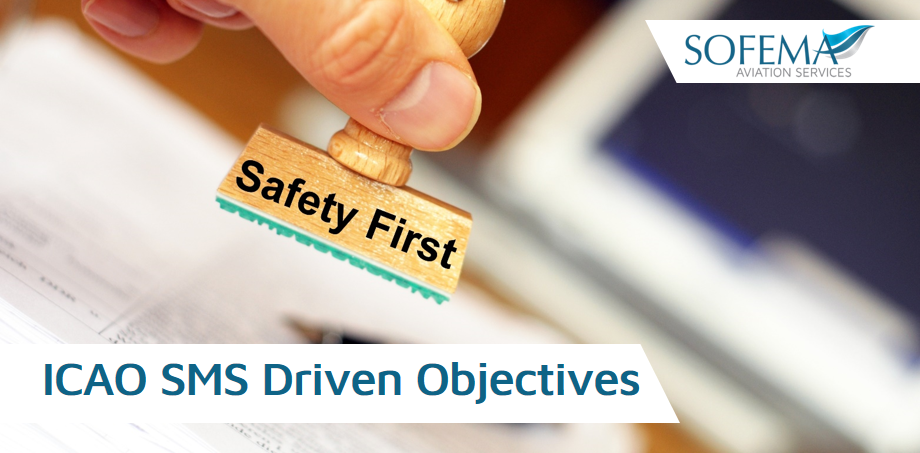Sofema Aviation Services (SAS) www.sassofia.com looks at the requirements for a Safety Management System (SMS).
Introduction
Safety management seeks to proactively mitigate safety risks before they result in aviation accidents and incidents.
- Safety management enables States to manage their safety activities in a more disciplined and focused manner.
- When a State and its aviation industry have a clear understanding of their role and contribution to safe operations, it enables them to prioritize safety risks and more effectively manage their resources for optimal aviation safety benefit.
Safety Management Systems (SMS) and Cabin Safety
A safety management system (SMS) is defined as a systematic approach to managing safety, including the necessary organizational structures, accountabilities, policies, and procedures.
- SMS requirements applicable to operators of aeroplanes authorized to conduct international commercial air transport in accordance with Annex 6 Part I are addressed in Annex 19 — Safety Management.
- Training in SMS is defined as training which focuses on the role that the individual cabin crewmembers play within the operator’s SMS and how their contributions fit in the bigger picture of safety management at the overarching organizational level.
Consider the Benefits of Safety Management
Below are listed some of the many benefits of safety management (As identified by ICAO).
- Strengthened safety culture – Effective safety management can strengthen an organization’s safety culture by increasing the visibility of management’s support and improving the active involvement of staff in managing safety risk.
- Documented, process-based approach to assure safety – implementing safety management will result in a clear and documented approach to achieving safe operations that are understandable by personnel and can be readily explained to others.
- Enhanced early detection of safety risks – An effective SMS can improve the Service provider’s ability to detect emerging safety issues and can prevent incidents through the proactive identification and management of safety risks. This, in turn, can result in the avoidance of costs – both monetary and social – from prevented incidents and accidents.
- Safety data-driven decision making – An effective SMS can improve the Service provider’s ability to gather safety data about safety risks and present this as safety information to decision-makers – in near real-time – so they can make better-informed and defensible decisions.
- Enhanced communication of safety – SMS provides a common safety language throughout an organisation and throughout the industry.
o A common safety language is a key enabler to the development of a common understanding of the organisation’s safety goals and accomplishments.
o In particular, it provides an appreciation for the organisation’s safety objectives, safety performance indicators, and safety performance targets, which provide the direction and motivation for safety.
o Staff will be more aware of the Organisation’s performance against its safety targets, and their individual contribution to the organisation’s safety success.
Note – The common safety language enables the aggregation of safety information across organizational entities. It is desirable for service providers with multiple aviation businesses.
- Demonstrable evidence that safety is a priority – SMS provides demonstrable evidence that safety is a priority for the organisation. It can be demonstrated how:
o Management supports and enables safety;
o Safety risks are identified and managed; and
o Safety is assured and continually improved.
- Cost Avoidance – Proactive hazard identification and safety risk management can avoid the costs of having an occurrence.
o Direct costs from avoiding an occurrence may include: equipment repairs, compensation, injuries, property damage and schedule delays.
o Indirect costs may include: loss of business and damage to reputation, legal action, surplus spares, tools and training, increased insurance premiums, loss of staff productivity, equipment recovery and clean-up, cost of internal investigation, loss of use of equipment leading to short term replacement equipment.
Next Steps
Follow this link to our Library to find & Download related documents for Free.
Please see www.sassofia.com, www.sofemaonline.com or email team@sassofia.com
Tags:
aviation, ICAO, Safety Management System, Safety Culture, SMS, Safety Risk, SAS blogs, Aircraft Fuel Tank Entry Safety, Cabin safety





